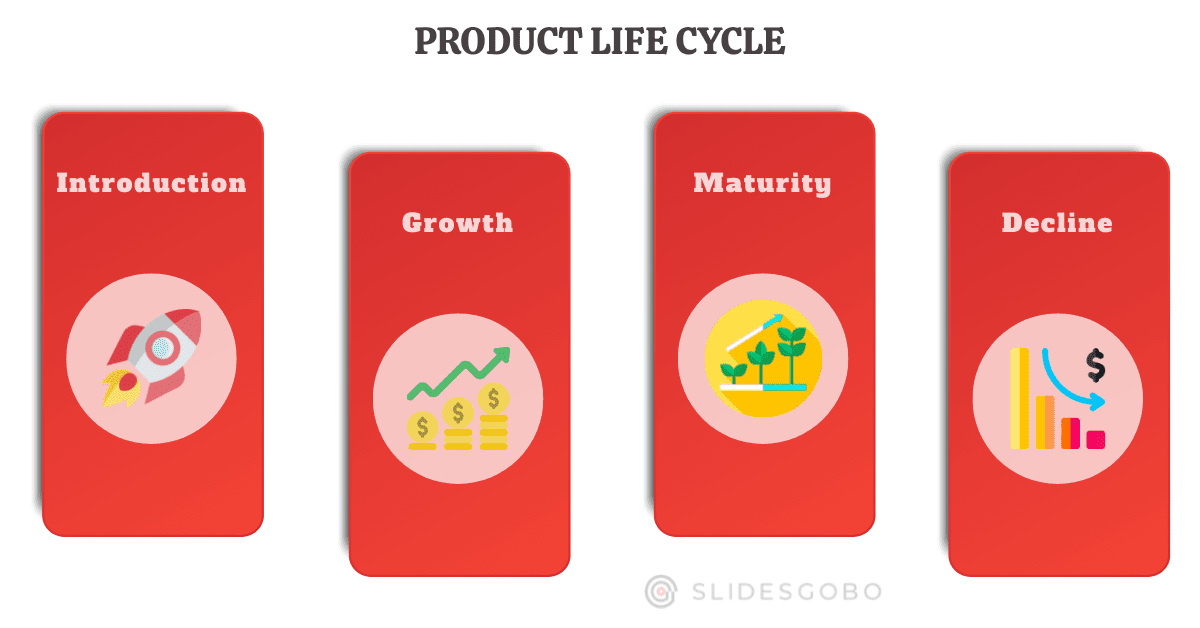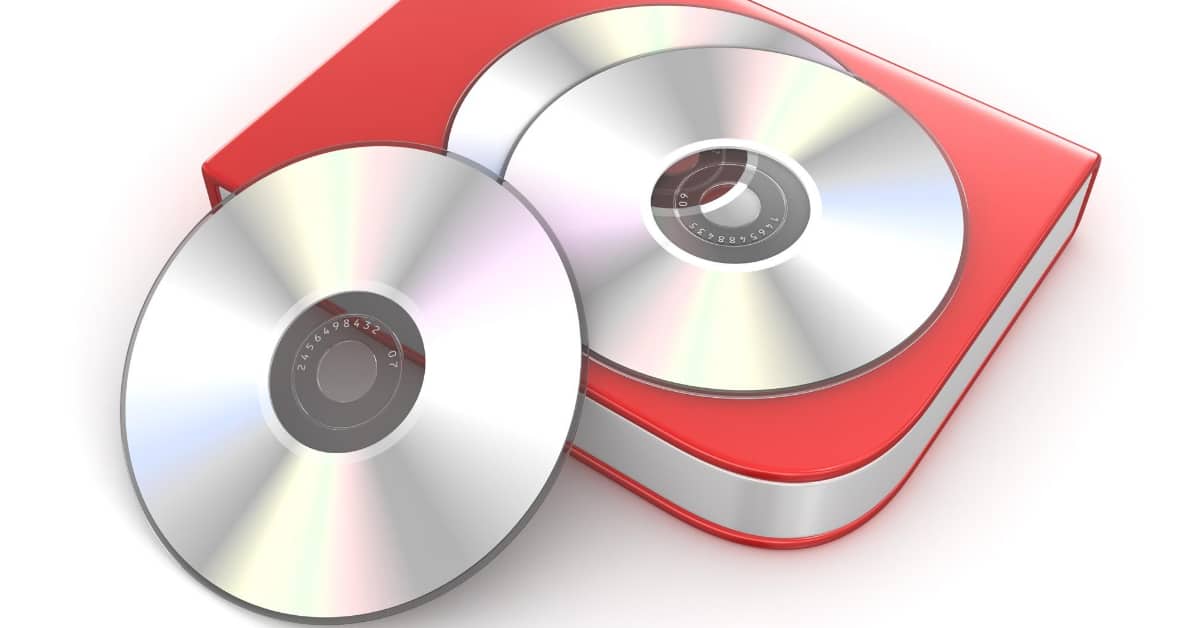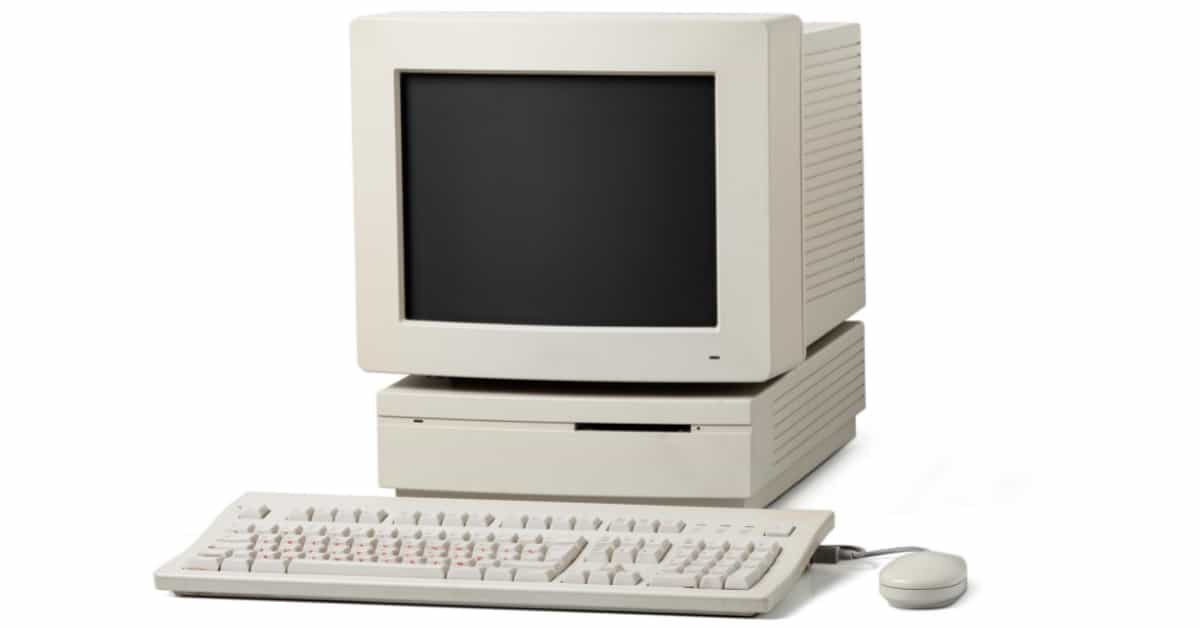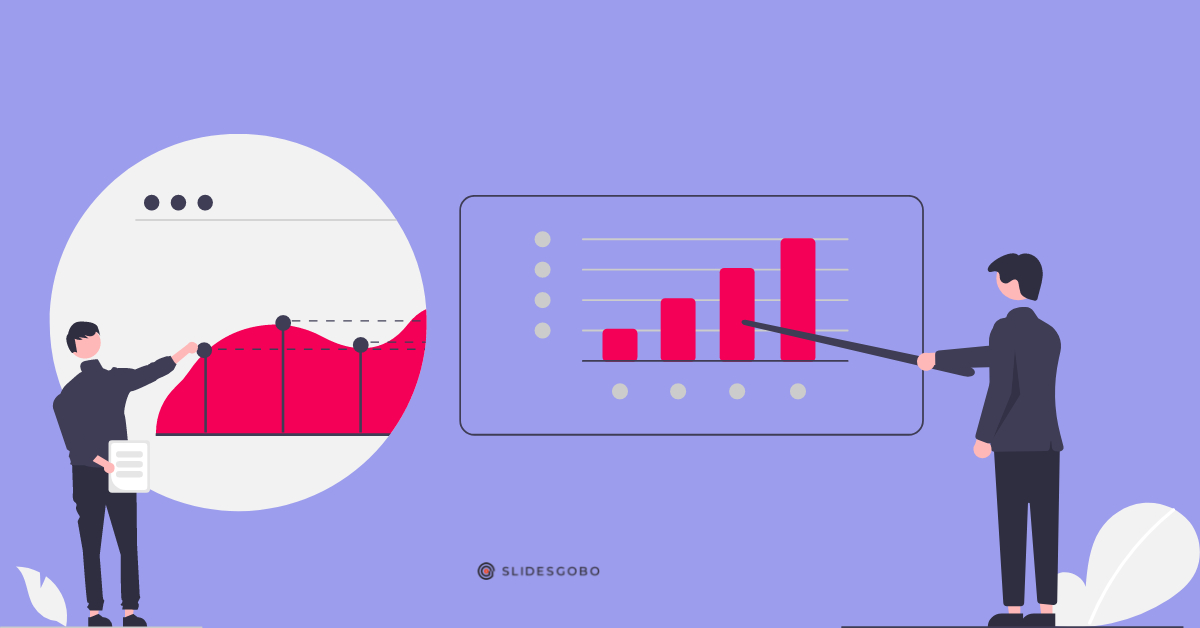The product life cycle is a business concept that refers to the stages a product goes through from when it is first developed until it is discontinued. Each stage has its own characteristics, and businesses must react accordingly to succeed.
This blog post will discuss “what does product life cycle mean” and the “four product life cycle stages“; most products go through introduction, growth, maturity, and decline.
We will also look at some key factors influencing each stage. So if you’re interested in learning more about how products evolve over time, keep reading.
Table of Contents
What Does Product Life Cycle Mean, and What Are Its Phases?

The product life cycle is the process that products go through from when they are first introduced into the market until they are eventually withdrawn. The product life cycle’s four main stages are introduction, growth, maturity, and decline.
Each stage of the product life cycle is associated with different challenges and opportunities for businesses.
For example, during the introduction stage, a product is typically new to the market and must be introduced to consumers. This usually requires heavy marketing and promotional efforts in order to generate awareness and interest in the product.
On the other hand, during the decline stage, a product typically loses its popularity and is no longer selling well. This presents an opportunity for businesses to discount the product to clear inventory.
Let’s take a closer look at each stage of the product life cycle.
Discover What Are the Stages in the Product Life Cycle?
The product life cycle stages are essential to marketing because they can help determine the best time to introduce a product and the best time to discontinue it.
The product life cycle has four stages:
- Introduction
- Growth
- Maturity
- Decline
1) Introducing a Latest Product to the Market
The introduction stage of a product’s life cycle is the first point at which the product is introduced to the market. This phase is characterized by low sales and high costs, as businesses incur costs for research and development, marketing, and product production.
Businesses seek to create awareness of their new product and generate interest among potential customers. To do this, they often invest heavily in advertising and promotion. The goal during the introduction stage is to build enough demand for the product to succeed in the following stage of its life cycle.
Although the introduction stage can be challenging for businesses, it is also exciting as they launch a new product and bring it to market.
2) Growth of a Product in the Market
In the growth stage of a product life-cycle management, the product’s sales begin to increase rapidly as more and more consumers become aware of it and start using it. This is often the most profitable stage for a company, as demand is high and costs are relatively low.
During the growth stage, companies typically invest heavily in marketing and advertising to continue increasing awareness and sales. They may also start to expand their operations, such as opening new stores or increasing production.
Eventually, the product will reach a saturation point, where sales level off or begin to decline. This is the end of the growth stage and the beginning of the decline stage.
3) Maturity of a Product in the Market
The maturity stage is the third phase of the product life cycle. It is characterized by slower growth as the product reaches saturation in the market. In order to continue to grow, businesses must focus on maintaining market share and generating profits through strategies such as cost-cutting and product differentiation.
The maturity stage of the product life cycle usually lasts longer than the other stages, and it can be difficult for businesses to remain competitive during this time.
However, there are several ways to succeed during the maturity stage, and many businesses can maintain profitability for several years. With careful planning and execution, businesses can make the most of the maturity stage’s opportunities.
4) The Decline of a Product in the Market
The product life cycle’s decline stage is when a product’s sales start to decrease. This decline can be caused by several factors, including changes in consumer tastes, the introduction of new competing products, or the end of a product’s usefulness.
Once a product is in the decline stage, its sales will fall until it is discontinued. The decline stage can be challenging for companies, as they must decide how to best deal with declining demand for their product. This often involves reducing production levels and marketing efforts to cut costs.
In some cases, companies may also completely discontinue a product to focus on more successful items in their lineup.
The Examples for Product Life Cycle
Life cycles are all around us. In fact, you probably use a product in various stages of the product life cycle on a daily basis. Here are a few examples of products in different stages of the product life cycle:
Laptops

Laptops are an excellent example of a product in its early development. Sales of laptops have been increasing rapidly in recent years, as they have become more and more popular with consumers.
While some new laptop models are still being introduced, such as Microsoft’s Surface Pro, most of the laptops on the market are in the mature stage of the product life cycle.
This is evidenced by the fact that most laptop manufacturers focus on releasing new versions of existing models rather than introducing completely new models.
Smartphones

Smartphones are another perfect example of products in the growth stage. Sales of smartphones have been increasing promptly since they were first introduced, and they continue to gain market share.
This is because of the fact that more and more consumers are using smartphones, and manufacturers are consistently releasing new models with new features.
DVDs

The decline stage of a product is indicated by DVDs being on the market. Sales of DVDs have been declining for several years as consumers have increasingly turned to digital streaming services such as Netflix and Hulu. The replacement of DVDs by digital formats such as internet streaming is on track to continue, and DVDs are projected to be replaced by more advanced digital technologies.
Compact Discs

Compact discs (CDs) are another case of a product in the decline stage. Sales of CDs have been declining for several years as consumers have increasingly turned to digital music formats such as MP3s and streaming services such as Spotify. This trend is expected to continue, and CDs are expected to eventually be replaced by digital formats.
Personal Computers

Personal computers (PCs) are an example of a product in the mature stage. Sales of PCs have been declining for several years as consumers have increasingly turned to laptops and smartphones. However, PCs are still widely used and are not expected to be replaced by other types of devices in the near future.
Television

Television is an example of a product in the mature stage. Sales of televisions have been declining for several years as consumers have increasingly turned to streaming platforms such as Amazon Prime Video and Netflix. However, televisions are still widely used and are not expected to be replaced by other devices shortly.
Get More Info: Project management is an important part of any business. The project management timeline helps organize and manage each step of the project. If you want to create a timeline for your project, read this article “how to create a project management timeline“.
Advantages of the Product Life Cycle
There are several advantages to using the product life cycle to manage products. It forces companies to think about their products in a strategic way.
- It helps companies to allocate resources more efficiently.
- It provides a framework for making product development, pricing, and marketing decisions.
- It allows companies to understand the dynamics of their industry and the competition.
- It can be used to make decisions about when to enter or exit markets.
A product life cycle is a powerful tool but has limitations.
- It is a simplification of reality. The product life cycle does not always play out in the same way in every industry or for every product.
- The PLC (product life cycle) is a historical tool. It looks at past data to try to predict future trends. This means that it is not always accurate.
- It is a static tool. It does not consider the effect of changes in technology, consumer behavior, or the competitive environment.
- Finally, the PLC is a general tool. It is not particular to any one product or company.
Despite its limitations, a product life cycle is a helpful tool for managing products. It can assist companies in allocating resources more efficiently, understanding their industry’s dynamics, and deciding when to enter or exit markets.
See More: In order for a business to be successful, it’s important to understand the product life cycle and how it affects the success of a product. If you want to discover more presentation slides, check out these best business PowerPoint templates.
The product life-cycle management is vital to understand when marketing a new product. It can help you anticipate your customers’ needs and make strategic decisions about how to market and sell your product.
By understanding the different stages of the product life cycle, you can create a plan that keeps your product top-of-mind with your customers and generates sales for years to come.
I hope you take away a lot of helpful information from this post. Keep an eye out for additional content.












